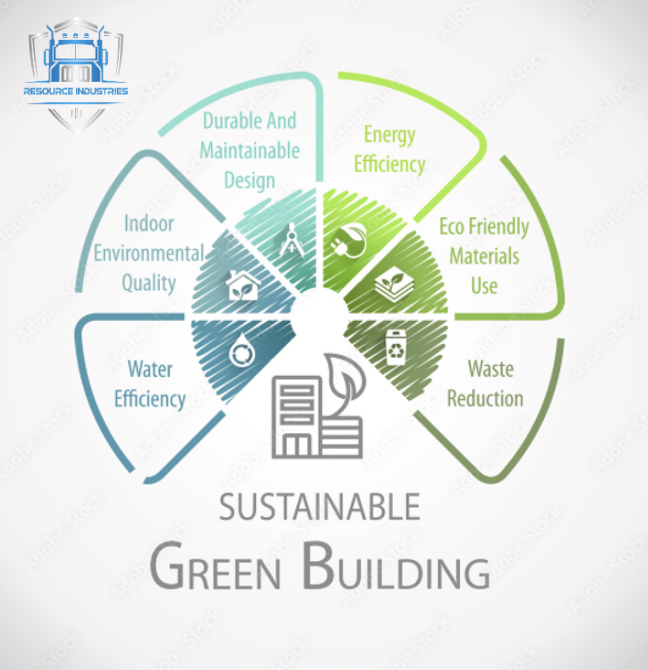The Role of Aggregate Materials in LEED Certification

LEED (Leadership in Energy and Environmental Design) certification is a widely recognized standard for sustainable building design, construction, and operations. To achieve LEED certification, buildings must meet a number of criteria in areas such as energy efficiency, water conservation, and material selection. Aggregate materials, such as gravel, sand, and crushed stone, can play a significant role in achieving LEED certification, as they are commonly used in a variety of construction applications.Here are a few ways in which aggregate materials can contribute to LEED certification:
- Use of recycled materials: One of the key criteria for LEED certification is the use of recycled materials in construction. Using recycled aggregate materials, such as recycled concrete or asphalt, can help a building project earn points towards LEED certification.
- Local sourcing: Sourcing aggregate materials locally can also contribute to LEED certification. By using materials from nearby sources, a building project can reduce the environmental impacts of transportation and support the local economy.
- Material efficiency: Using efficient amounts of aggregate materials can also contribute to LEED certification. By minimizing waste and maximizing the use of materials, a building project can help reduce its overall environmental impact.
- Material transparency: Documenting and disclosing the origin and sustainability of aggregate materials can also be important for LEED certification. This includes providing information on the materials used, as well as the extraction, processing, and transportation methods used.
By considering the role of aggregate materials in the LEED certification process, construction professionals can help ensure that their projects are environmentally responsible and sustainable.


